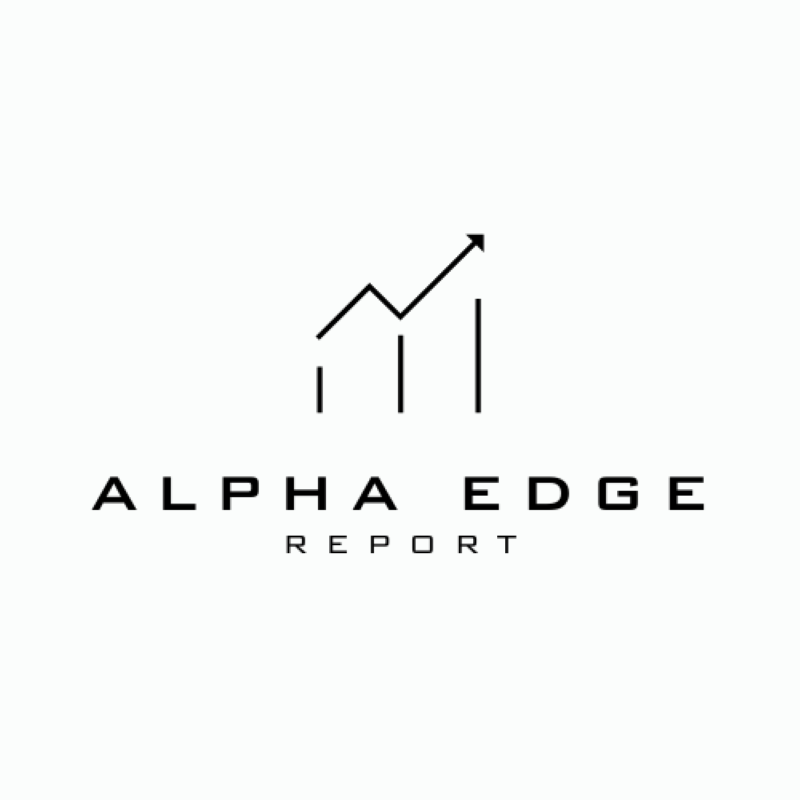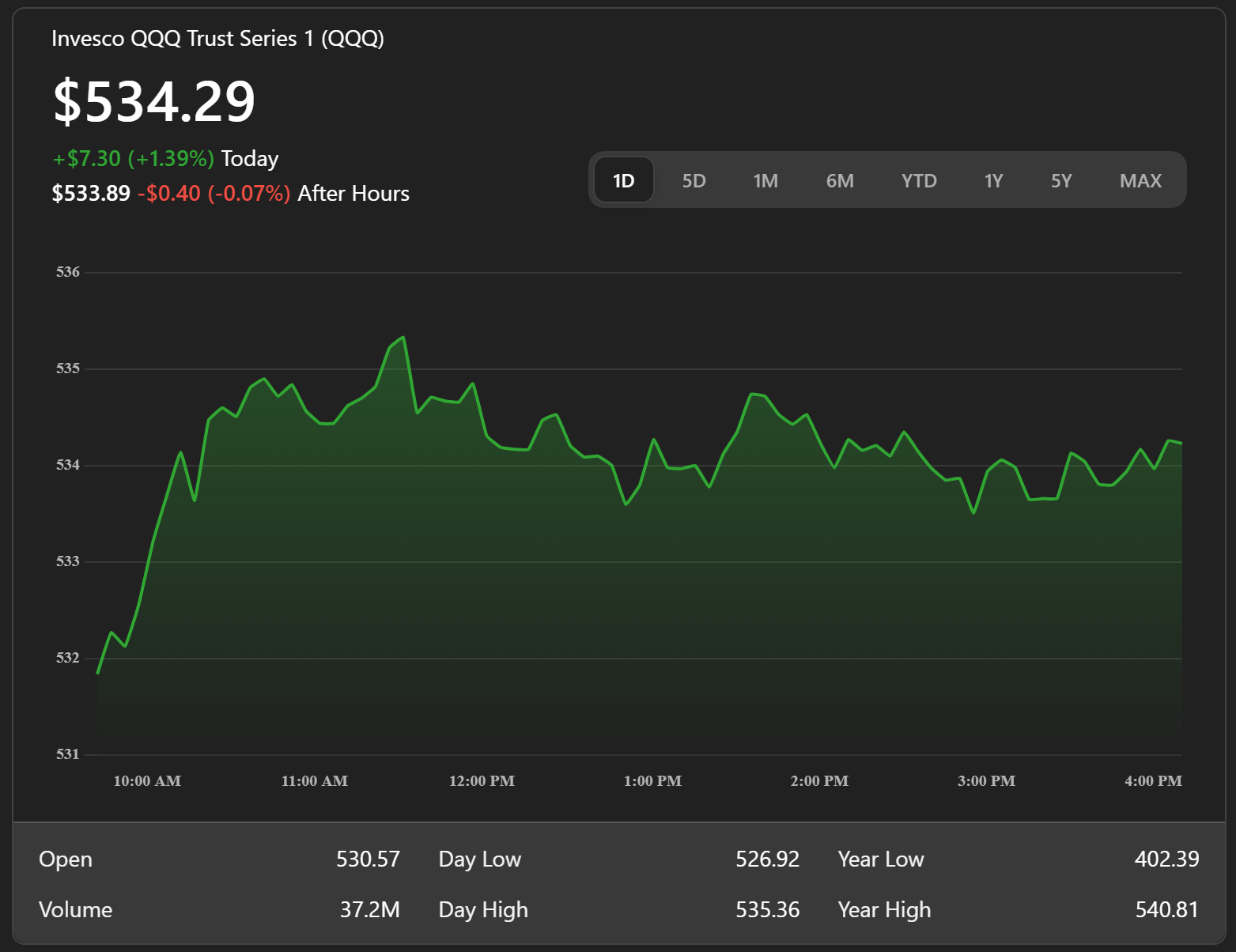Markets on June 16 moved with a kind of nervous energy. The day began under the shadow of the ongoing Israel-Iran conflict, but signs of a possible ceasefire helped lift sentiment. Equities bounced back. The Dow added around 500 points. Tech stocks led the way, with the Nasdaq rising over 1%. That was a shift from the sharp pullback seen the week before, when fears of a wider war had sent risk assets lower. Now, with oil still flowing and no clear escalation, investors were back in.
There wasn’t much conviction though. Stock futures were flat for most of the session. Some traders were clearly waiting for more clarity. The ceasefire talk helped, but the situation remained fragile.
Oil markets had cooled off a bit. After last week’s sharp spike—Brent jumped over 13%—prices edged down. Brent slipped to around $73. WTI traded closer to $71. Traders were watching for any signs that Iranian infrastructure might be hit, but so far exports hadn’t been affected. That kept supply fears in check. There was also talk that Iran might return to nuclear talks. Volume dropped. Open interest fell.. That was enough to ease the pressure. Also traders looking ahead to the Federal Reserve’s decision.
Gold, on the other hand, stayed strong. It opened high—near $3,473—and remained elevated through the day. There was some profit-taking, but the demand for safety was still there in light of the Fed, geo-political tensions, and inflation. Silver was more stable, holding around $36.40, but it’s been on a solid run too. Demand from solar and electric vehicle sectors has been pushing it higher for weeks.
Crypto joined the rebound. Bitcoin rose by 3 to 4%, breaking back above key levels. Traders were clearly in risk-on mode, at least for the moment. That tone showed up across altcoins too, especially those that had sold off heavily in recent sessions. The mood was lighter, but it wouldn’t take much to flip it again.
There were also signs of renewed confidence among consumers. The University of Michigan’s sentiment index climbed to 60.5, up from May. That’s not a huge number in absolute terms, but it was a clear improvement. It suggested people might still be willing to spend, despite everything going on.
But the biggest thing hanging over the markets was the upcoming Federal Reserve decision. That’s set for June 18. Most expect no change to interest rates, but what the Fed says about its balance sheet, inflation outlook, or long-term rates (dot plot) could easily shake things up again. Other central banks—the Bank of England, Japan, and Switzerland—are also set to speak this week. Most notable the SNB is widely expected to cut rates from 0.25% to zero after years of negative rates ended in 2022. A move driven by persistently low inflation and a strong Swiss franc that has appreciated sharply.
The SNB is also under pressure to counter the franc’s strength. which has risen by 8% against the dollar in 2025, affecting exports and economic growth. Thus the central bank has indicated readiness to keep rates low for an extended period and even considering a return to negative rates if necessary.
For now, traders seem to be leaning into the hope that tensions won’t escalate further and that the Fed will stay neutral. But they’re keeping close watch. A shift in tone from policymakers or headlines from the Middle East could easily pull sentiment the other way. The recovery in markets was real, but not particularly deep. It looked more like positioning ahead of bigger news rather than strong conviction.
In short, June 16 offered a pause. Markets weren’t calm, but they weren’t panicking either. Most were simply holding position—waiting for the next move.

